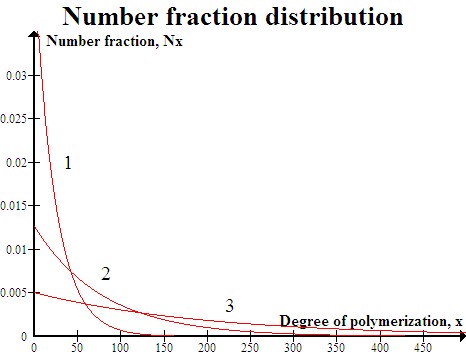Number fraction
A number fraction represents a part of a whole or, more generally, any number of equal parts. When spoken in everyday English, a fraction describes how many parts of a certain size there are, for example, one-half, eight-fifths, three-quarters. A fraction consists of a numerator and a denominator, with the numerator representing a number of equal parts and the denominator indicating how many of those parts make up a whole. The fraction itself is the division of these two numbers. For example, in the fraction 3/4, the numerator 3 indicates that there are three parts out of the four parts that make up the whole.
Types of Fractions[edit | edit source]
There are several types of fractions, including:
- Simple fractions: These are fractions where both the numerator and the denominator are integers.
- Compound fractions: Also known as mixed numbers, these consist of a whole number and a fraction combined, e.g., 1 3/4.
- Improper fractions: These occur when the numerator is greater than or equal to the denominator, e.g., 4/3.
- Decimal fractions: These are fractions where the denominator is a power of ten, often represented with a decimal point, e.g., 0.75.
- Complex fractions: In these fractions, either the numerator or the denominator (or both) is a fraction or a mixed number.
Operations with Fractions[edit | edit source]
Fractions can be manipulated through various operations, including addition, subtraction, multiplication, and division. The rules for these operations are well-defined:
- Addition and Subtraction: To add or subtract fractions, they must have a common denominator. Once they do, the numerators are added or subtracted, and the common denominator remains the same.
- Multiplication: To multiply fractions, multiply the numerators together and the denominators together.
- Division: To divide fractions, multiply the first fraction by the reciprocal of the second.
Applications[edit | edit source]
Fractions are used in many areas of daily life and in various fields of study, including cooking, sewing, engineering, and mathematics. They are essential for describing portions, ratios, rates, and other relationships that involve parts of a whole.
See Also[edit | edit source]
```
Navigation: Wellness - Encyclopedia - Health topics - Disease Index - Drugs - World Directory - Gray's Anatomy - Keto diet - Recipes
Search WikiMD
Ad.Tired of being Overweight? Try W8MD's physician weight loss program.
Semaglutide (Ozempic / Wegovy and Tirzepatide (Mounjaro / Zepbound) available.
Advertise on WikiMD
WikiMD is not a substitute for professional medical advice. See full disclaimer.
Credits:Most images are courtesy of Wikimedia commons, and templates Wikipedia, licensed under CC BY SA or similar.Contributors: Prab R. Tumpati, MD

